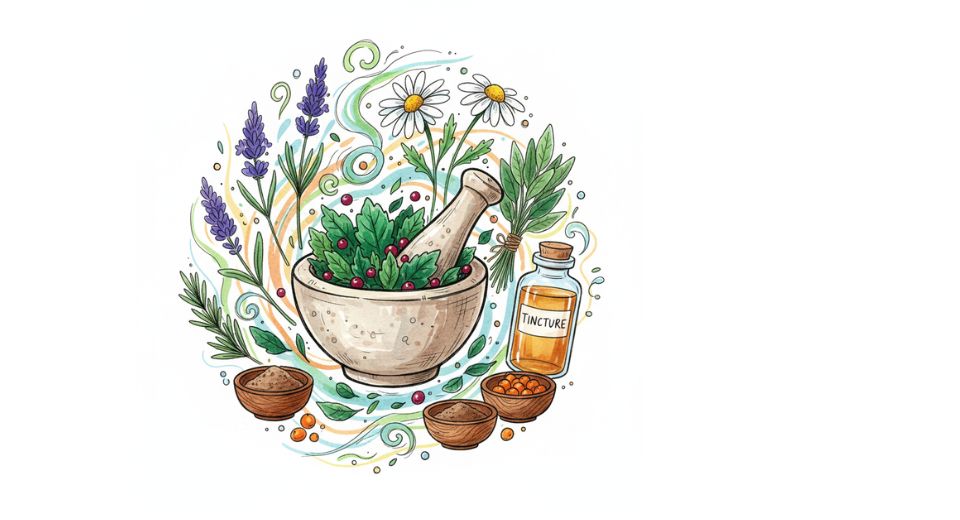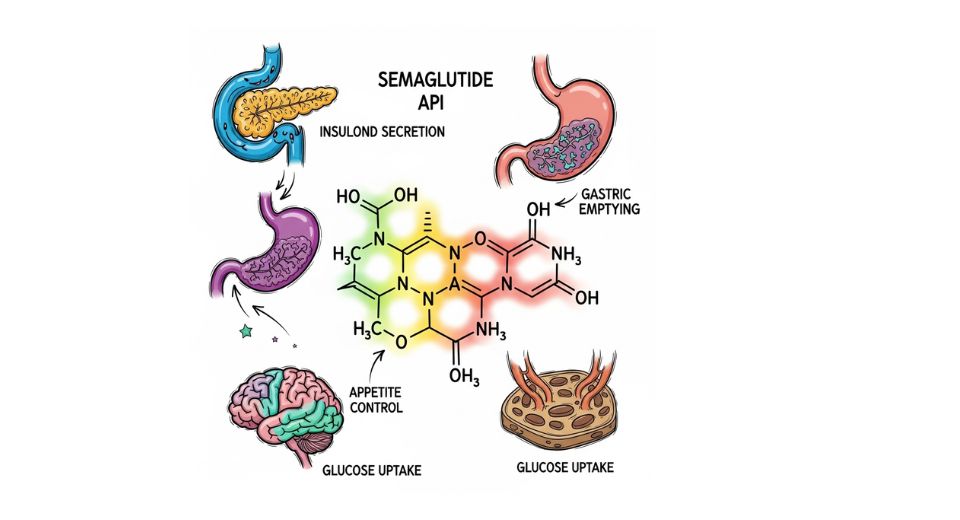Market Definition
Antifibrinolytics drugs promote blood clotting by preventing and slowing down fibrinolysis. Antifibrinolytics drugs are used as a treatment for hemophilia, in surgical procedures to prevent extreme blood loss, and for heavy menstrual bleeding.
Global antifibrinolytic drugs market is estimated to reach $XX million by 2027, growing at a CAGR of 4.7% till 2027.
Market Dynamics
The rising incidence of hemophilia and the increase in surgical procedures is boosting the market growth. For instance, according to an international meta-analysis, approximately 1.125 million people have hemophilia worldwide. According to the Centers for Disease Control and Prevention, in the United States, Hemophilia A affects 1 in 5,000 male births. Each year, around 400 babies are born with hemophilia A. In the United States, the number of males with hemophilia living is estimated to be between 30,000 and 33,000. According to the Haemophilia Foundation Australia, more than 6,300 people in Australia were diagnosed with a bleeding disorder in 2020. In Australia, there are more than 2,900 people diagnosed with varying degrees of hemophilia. More than 2,200 people have been diagnosed with Von Willebrand disease (VWD) in Australia. Further, increasing regulatory approval of antifibrinolytic drugs is a key driving factor of the market. For instance, Sunny Pharmtech, Inc., and Vitruvius Therapeutics Inc., announced that their Abbreviated New Drug Application (“ANDA”) for Aminocaproic Acid Tablets 500 mg and 1000 mg tablets had received approval from the U.S. Food and Drug Administration. However, product recall might hamper the market growth. Moreover, raising awareness for the treatment of angioedema would provide lucrative opportunities for the market in coming years.
Market Segmentation
The global antifibrinolytic drugs market is mainly classified based on type, drug type, and end-user. Type is further segmented into Hereditary Angioedema, Gynecology, Fibrinolytic Response Testing, and Surgeries. By drug type, the market is divided into Aminocaproic Acid, Amicar, RiaSTAP, Tranexamic Acid Injection, and Others. By end-user, the market is further divided into Hospitals and Clinics, Ambulatory Surgical Centers, Others.
Based on type, the gynecology segment accounted for the majority of the antifibrinolytic drugs market share in 2020 and is expected to exhibit a prominent growth rate in the near future, owing to the increased adoption of antifibrinolytic drugs to prevent menorrhagia, heavy menstrual flow. Based on drug type, aminocaproic acid showed significant growth in 2020, owing to the increasing regulatory approval for aminocaproic acid. For instance, Amneal Pharmaceuticals, Inc. has received the U.S. Food and Drug Administration (FDA) approval for the generic version of Amicar (aminocaproic acid oral solution) 0.25g/mL.
Regional Analysis
Based on geography, the global antifibrinolytic drugs market is divided into North America, Europe, Asia-Pacific, South America, and Middle East & Africa. North America is further divided into the U.S., Canada, and Mexico, whereas Europe consists of the UK, Germany, France, Italy, and Rest of Europe. Asia-Pacific is segmented into India, China, Japan, South Korea, and Rest of Asia-Pacific. The South America region includes Brazil, Argentina, and the Rest of South America, while the Middle East & Africa is categorized into GCC Countries, Egypt, South Africa, and Rest of Middle East & Africa.
North America was dominating the antifibrinolytic drugs market in 2020 due to the rising incidence of accidents and sports injuries. For instance, Road accidents, workplace accidents and sport-related injuries present a pressing public health problem in the world. In the U.S., more than 30 million people are treated and released from hospitals and emergency departments for non-fatal injuries. Around 30% of injury includes wounds and superficial injuries. The incidence of non-fatal injury was highest among youth, at approximately 120 per 1,000 persons. Moreover, commercialization of regulatory approved antifibrinolytic drugs and collaboration between companies to develop antifibrinolytic drugs are the strategies adopted by the North American companies for the antifibrinolytic drugs market.
Competitive landscape
Key players operating in the antifibrinolytic drugs industry include Bayer AG, Akorn Inc., Mylan N.V., Sandoz, Pfizer Inc., Takeda Pharmaceutical, Aurobindo Pharma Limited, and ANI Pharmaceuticals, Inc.
The partnership between companies to develop antifibrinolytic drugs and expand their market presence, rising awareness by the companies for the treatment of blood-related disorders and angioedema, and commercialization of regulatory approved antifibrinolytic drugs are some of the strategies adopted by the major players. For instance, ANI Pharmaceuticals, Inc. has received U.S. Food and Drug Administration (FDA) approval and the launch of Aminocaproic Acid Tablets USP, 500mg. Aminocaproic Acid Tablets are used for enhancing hemostasis when fibrinolysis contributes to bleeding. Aminocaproic Acid Tablets are helpful in life-threatening situations, transfusion of appropriate blood products and other emergency measures.
Antifibrinolytic Drugs Market Key Segments:
By Type
- Hereditary Angioedema
- Gynecology
- Fibrinolytic Response Testing
- Surgeries
By Drug Type
- Aminocaproic Acid
- Amicar
- RiaSTAP
- Tranexamic Acid Injection
- Others
By End-User
- Hospitals and Clinics
- Ambulatory Surgical Centers
- Others
Key Global Antifibrinolytic Drugs Industry Players
- Bayer AG
- Akorn Inc.
- Mylan N.V.
- Sandoz
- Pfizer Inc.
- Takeda Pharmaceutical
- Aurobindo Pharma Limited
- ANI Pharmaceuticals, Inc.
What Report Provides
- Full in-depth analysis of the parent Industry
- Important changes in market and its dynamics
- Segmentation details of the market
- Former, on-going, and projected market analysis in terms of volume and value
- Assessment of niche industry developments
- Market share analysis
- Key strategies of major players
- Emerging segments and regional growth potential








 US: +1 3023308252
US: +1 3023308252






